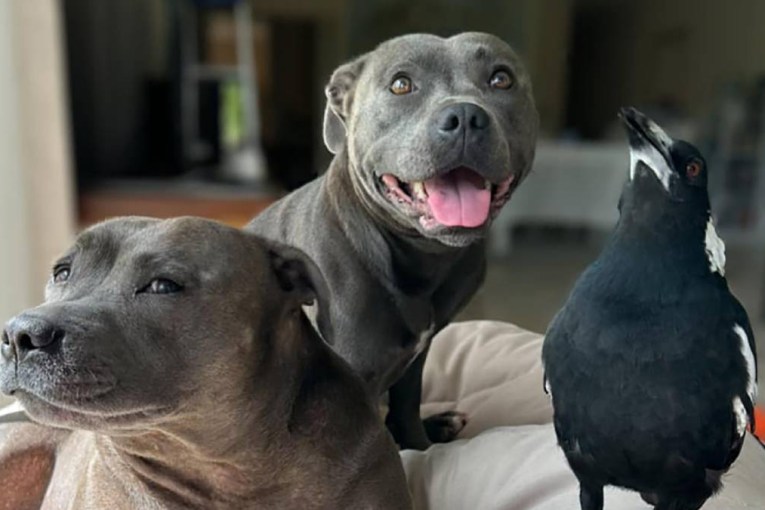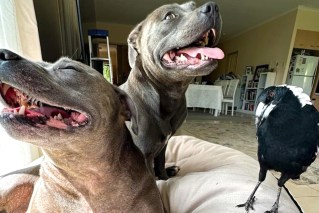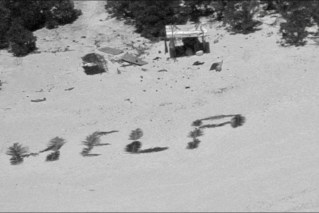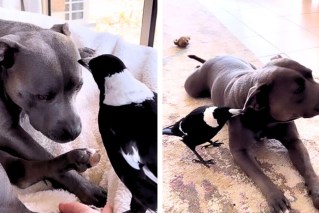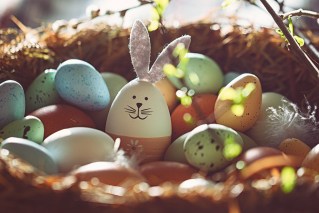Egyptian artefacts uncovered in Sydney house clean-up donated to university
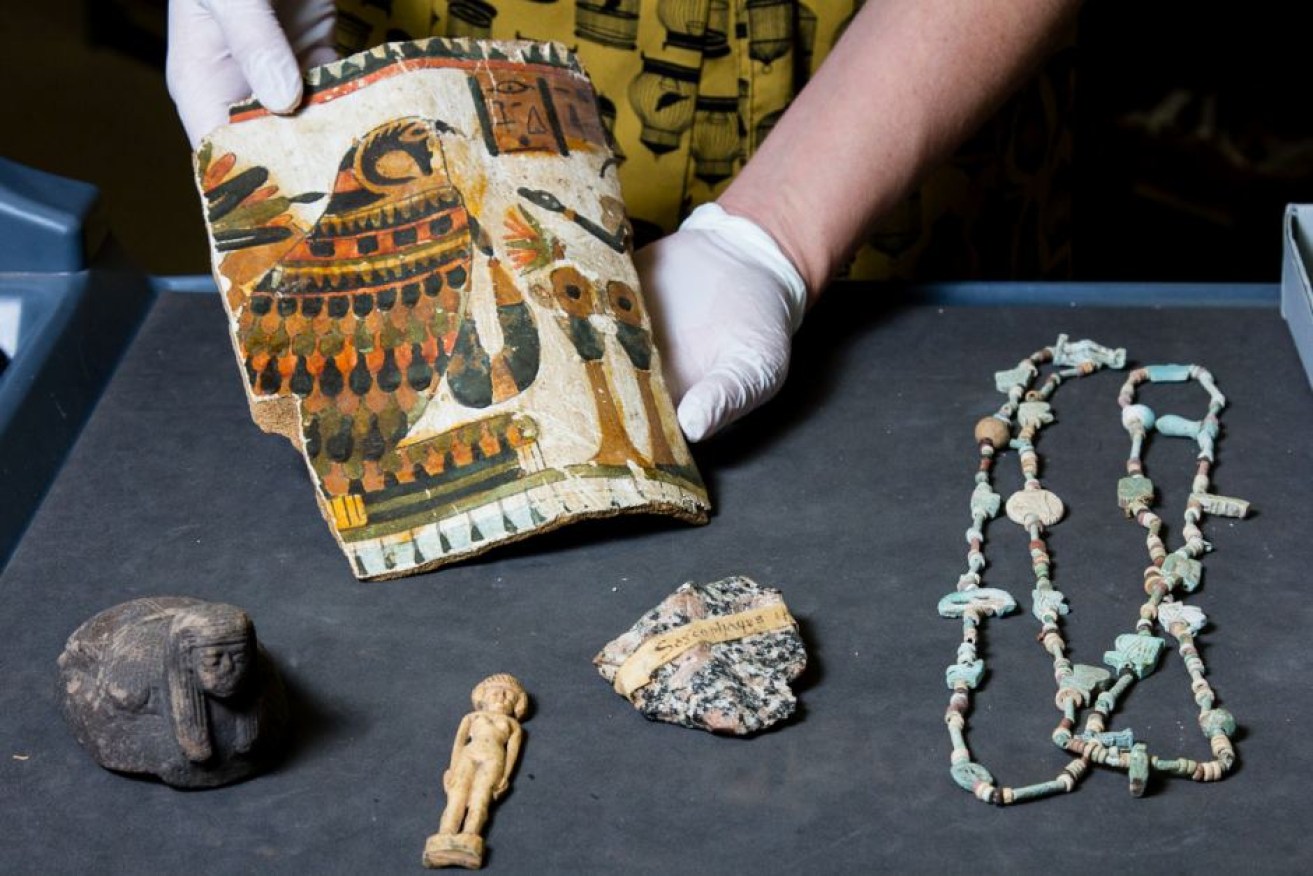
Sydney University has catalogues 185 genuine antiquities in the donation.
A large collection of Egyptian antiquities uncovered during a clean-up of a Sydney home has been donated to a university archaeological museum.
Rosemary Beattie recalls the oddity of being shown what was supposably a mummified cat during childhood visits to her grandmother’s house.
“We’d come and have a look and I’d think, ‘Alright, OK, fine, that’s the cat’,” Ms Beattie said.
“But then I’d go and roll the cannonballs on the back verandah; that was much more my style.”
The linen-wrapped item was one of the many antiquities her grandfather, John Basil St Vincent Welch, brought back from his time serving as a medical officer in World War I.
It is believed he employed the help of a dragoman who assisted him to find and buy antiquities as souvenirs of his time in Egypt.
“He brought back chestfuls of memories,” Ms Beattie told ABC Radio.
Most recently the artefacts were kept by Ms Beattie’s mother, Margaret St Vincent.
The items came to her through her husband, also named John Basil St Vincent Welch, who inherited the antiquities after the death of his father.
However ailing health forced her to move into aged care and her house needed to be sold to help with costs.
While cleaning up the house, Ms Beattie was tasked with finding a new home for the case of Egyptian antiquities.
“It was a big, sort of a long box with a glass front that I had looked at as a child,” she said. “It had been sitting on a closed-in verandah on top of a cupboard.”
“We thought what are we going to do with it?”

On the underside of this glazed scarab with a nail through its centre is the Egyptian hieroglyph for ‘good’ or ‘perfection’. Photo: University of Sydney
Items dating thousands of years
Family members suggested the items be donated to the University of Sydney where both of the men had studied.
Archaeologist Candace Richards was ecstatic to learn about the existence of the collection.
“I was obviously very excited, confused and really intrigued by what could actually be in this home,” said Ms Richards, the assistant curator of the university’s Nicholson Museum.
“We do know that a lot of soldiers, especially in WWI and WWII, did buy genuine artefacts and we know there are lots of fakes out there.”
The museum has since catalogued the 185 artefacts, which range from small amulets, scarab beetles, a coffin fragment, ceramic items and bronze Roman coins.

Imaging scanning may reveal if this item is a mummified cat. Photo: University of Sydney
It is believed some objects date back to the first millennium BC.
“It’s incredibly rare in Australia; we do have items from other WWI diggers but nothing on this scale.”
One long-shaped object wrapped in linen and covered in resin is thought to be a mummified cat.
It will undergo medical imaging scans to confirm if does contain a feline within the wrapping.
“You can’t unwrap these sorts of things because that destroys the artefact in itself,” she said.
“But through these technologies that we use in medical science all the time, we can actually use them in Egyptology as well and understand more about those artefacts.”
It is expected that many of the items will be displayed in an exhibition at a new museum facility expected to be completed by 2020.
Discovering family history
Ms Beattie’s family had previously donated 70 military-related items to the Australian War Memorial.
Other relics found in the house included 500 photographic glass negative plates, swords, and a hand grenade originally kept by her father who served during WWII.
Medals belonging to two German soldiers will be personally returned to their rightful owners.
Ms Beattie’s mother died soon after the Egyptian artefacts were donated, but the gesture has inspired her to uncover more about her family’s history.
“Sadly [my grandfather] was never really talked about because he died, when my father was five or six years old, from influenza,” she said.
“So we didn’t really know much about this incredible man and we’re now at this stage discovering he was fascinating and it’s just sort of opened up a great big world to us.”
